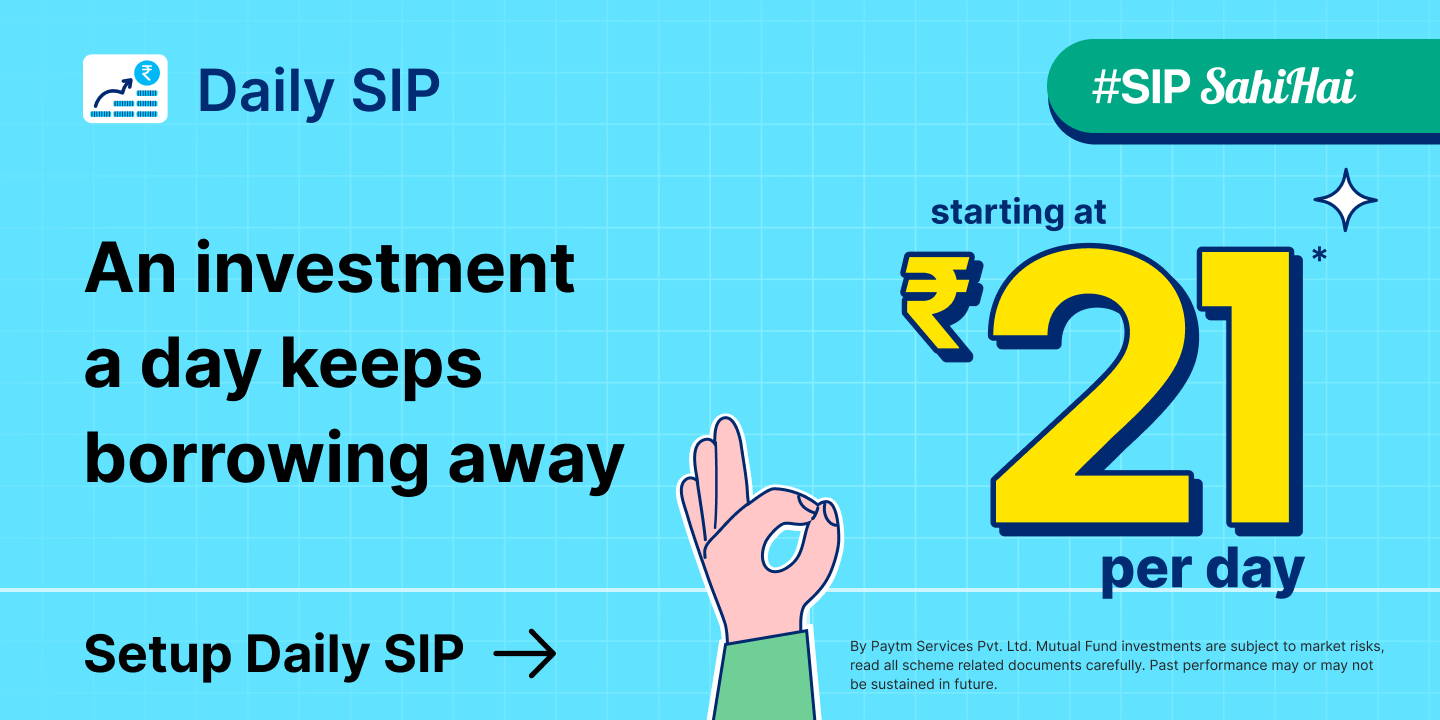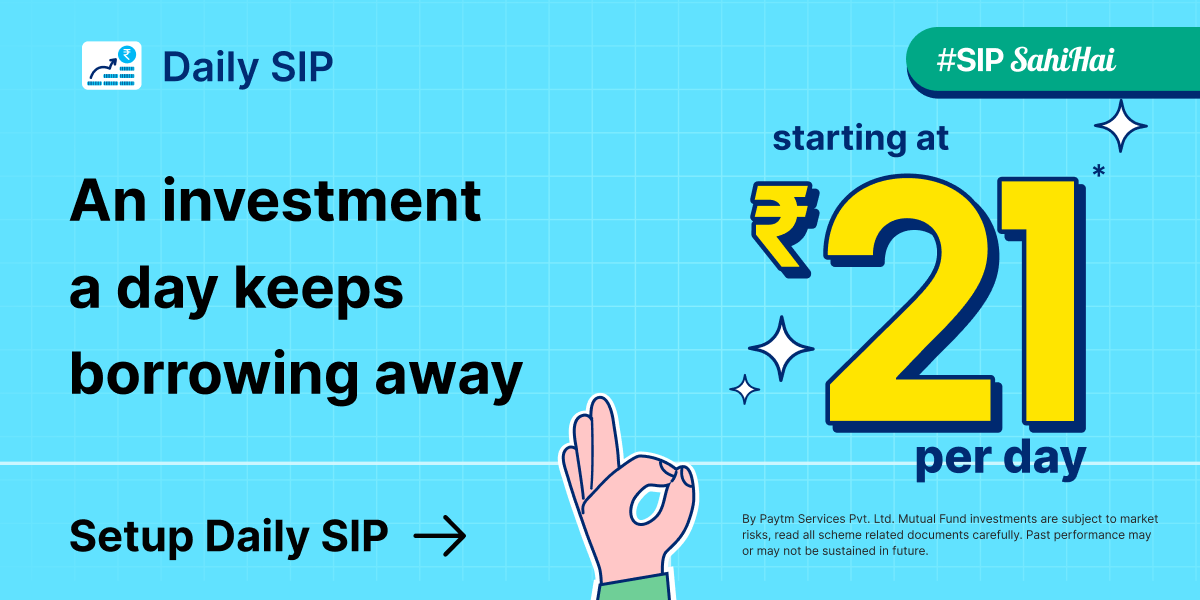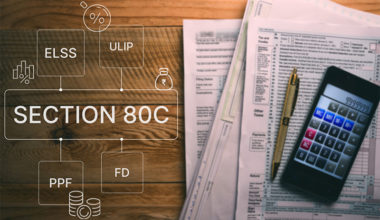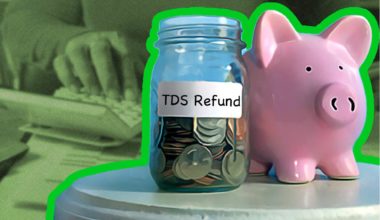As tax season approaches, employees are tasked with the crucial responsibility of submitting their income tax proof. This situation can cause unnecessary stress to some people. We’re here to save you from that because income tax proof submission doesn’t have to be stressful for anyone.
Table of Contents Show
Let’s Understand Investment Declaration Before Anything
Let’s set the right context for you before we jump onto investment proof submission. So in the sequence, first comes your investment declaration.
In order to get your taxable income and deduct the right amount of monthly TDS from your salary, your employer will ask you to declare your investment at the start of every financial year. At the time of declaration, you are not required to submit the income tax proof.
You must know that your employer deducts income tax from your salary on a monthly basis, which is known as TDS or tax deducted at source. This deducted amount is sent to the Income Tax Department.
As an employee, you’re allowed to invest in certain instruments/schemes etc to encourage tax saving. These investments include life insurance policy, Public Provident Fund, mutual funds, fixed deposits, home loan, National Pension Scheme etc. Other than this, you are also entitled to claim LTA and HRA benefits. These investments are NOT TAXED by the government.
Let’s Jump Onto Income Tax Proof Submission
As an employee, you are required to submit income tax proof as supporting documents to validate your investment related information provided during the investment declaration period (as explained above). This process ensures the accuracy and legitimacy of the financial details disclosed.
This enables employers to deduct the correct amount of tax from the employee’s salary. On the other hand, self-employed individuals or those with other sources of income directly submit these proofs to the tax authorities while filing their tax returns. In certain cases, individuals may be selected for a tax audit, where they may be asked to give additional proof to verify the accuracy of their financial statements. This further reinforces the importance of submitting your investment proof.
What if You Don’t Submit Income Tax Proof?
In case you fail to submit your investment proof to your employer, they have the right to deduct TDS from your salary. However, you still have the option to incorporate eligible deductions directly while filing your ITR (income tax return). This will help you get a refund for any surplus TDS deducted by the employer due to the non-submission of investment proof.
Tips to Keep in Mind Before Submitting Your Investment Proof
- You must maintain an annual proof submission file with all invoices, statements etc to make it easy for you to gather all documents.
- You must ensure that all your documents are self-attested and match your PAN records.
- If you invest in mutual funds, your statement must include your name, PAN, and portfolio value.
- Your proof amounts must precisely match your claimed amounts.
- Keep a copy of all the documents you are submitting, so that you can furnish them wherever necessary.
Common Documents Required as Investment Proofs
- House rent allowance: Monthly rent receipts, landlord’s PAN card, revenue stamps for cash payments above 1 lakh.
- Housing loan: Interest certificate from the bank/financial institution
- Tax-saving FDs: Copy of the deposit receipt
- ELSS Mutual Fund: Copy of the investment certificate
- Public Provident Fund: Stamped deposit receipt or passbook.
- Life insurance policy: Contribution made towards life insurance
- National savings certificate): Copy of NSC certificate in your name
- Children’s tuition fee: Copy of tuition fees paid
- Preventive health check-ups under section 80D: Copy of the premium receipt, bills
- Medical expenses under section 80DD (for handicapped dependent): Proof of amount spent on medical treatment, training, and rehabilitation, Form 10-1A
- Interest paid on higher education loan: Copy of the bank certificate mentioning the principal and interest amount paid
- Donations under section 80G: Valid receipts for qualifying donations

Income Tax Saving Sections
Here is a list of savings options under various sections of the Income Tax Act, along with their respective limits:
| Sections | Eligible investments | Maximum deductions |
|---|---|---|
| 80C | Equity Linked Saving Schemes (ELSS mutual funds), PPF/SPF/RPF, payments made towards Life Insurance Premiums, principal sum of a home loan, SSY, NSC, SCSS, etc. | Rs 1,50,000 |
| 80CCC | Contribution made towards pension funds | Rs 1,50,000 |
| 80CCD(1) | Contribution made towards Atal Pension Yojana or other pension schemes notified by government | Rs. 1,50,000 |
| 80CCE | Section 80CCE sets a maximum limit of Rs. 1.5 lakh for deductions claimed under sections 80C, 80CCC, and 80CCD(1) combined. | Rs 1,50,000 |
| 80CCD(1B) | Investments in NPS (allows an additional deduction of Rs 50,000 over and above the limit of Section 80CCD(1)) | Rs 50,000 |
| 80CCD(2) | Employer’s contribution towards NPS (contains the additional deduction of Rs 50,000 that is available under 80CCD (1B)) | Government or State Government Employer: Up to 14% of their salary (basic + DA) any other employer: Maximum deduction of 10% of salary (basic + DA) |
| 80G | Donations to specified funds and charities | The deduction can be claimed up to a maximum of 50% or 100% of the donated amount. It depends on the institution or fund to which the donation has been made |
| 10 (13A) | House Rent Allowance (HRA) | 10% of salary. 50% of your basic salary (if you live in a metro city), and 40% of your basic salary (if you live in a non-metro city) |
Note: The limits and conditions mentioned above are based on the current tax laws in India and may be subject to change. It is advisable to consult a tax professional or refer to the latest tax regulations for accurate and up-to-date information.
How to Submit Investment Proof?
Most employers have their self-service portals where employees can upload their investment proof and get them verified. However, if your employer doesn’t provide any such platform, you may have to fill a form. You will be required to fill and submit Form 12BB to your employer to claim tax benefits or rebates on investments. Form 12BB is a statement of claims by an employee for deduction of tax.
Investment Proof Required in Old and New Tax Regimes
Under the old tax regime, taxpayers are required to submit proof for various deductions and exemptions claimed.
On the other hand, the new tax regime simplifies the taxation process by offering lower tax rates but eliminating most deductions and exemptions. Taxpayers opting for the new regime are not required to submit any investment proof to their employer. However, it is important to retain the documents substantiating deductions/exemptions in case of any tax authority queries.
This blog highlights the stress-free approach to income tax proof submission for employees. It emphasizes the importance of timely submission to ensure accurate tax deductions. The investment proof submission process involves employees providing supporting documents to validate investment details for precise tax deductions. We hope this detailed yet simplified blog guides you through your journey of tax saving.
Disclaimer: Nothing on this blog constitutes investment advice, performance data or any recommendation that any security, portfolio of securities, investment product, transaction or investment strategy is suitable for any specific person. You should not use this blog to make financial decisions. We highly recommend you seek professional advice from someone who is authorised to provide investment advice.










